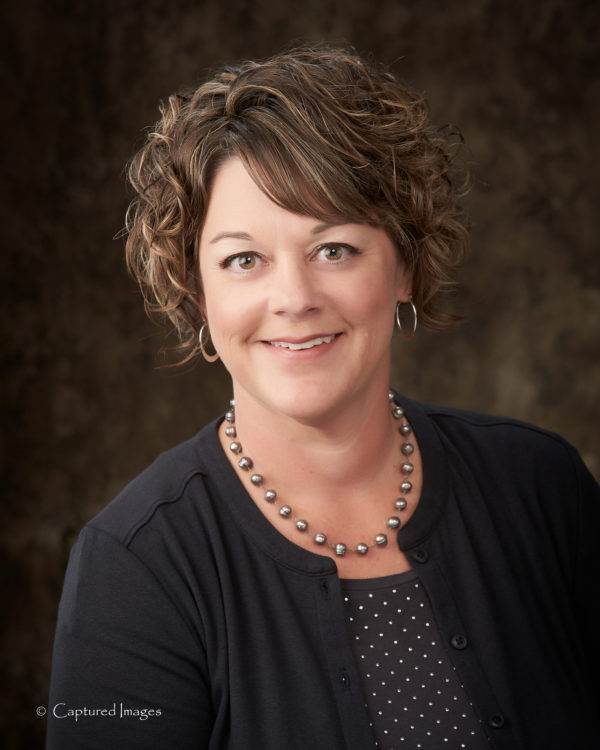
District Extension Agent, Horticulture
Southwind Extension District
111 S. Butler
Erie, KS 66733
Office: 620-244-3826
Cell: 620-496-8786
What an unusually rainy spring and summer we have had! Our soils have definitely been saturated for several weeks now. You may think that watering won’t be needed for quite some time since soil moisture levels are very high. However, watering may be needed much sooner than you think.
Excessive rain can drive oxygen out of the soil and literally drown roots. Therefore, as we enter hotter, drier weather, the plants with damaged root systems may be very susceptible to lack of water. Don’t forget to check your plants for signs of wilting or leaf scorching and water as needed.
The excessive rainfall has also depleted our soils of nitrogen. If your annual flowers haven’t been overly impressive yet, they may need a shot of fertilizer.
Annual flowers have been bred to flower early and over a long period of time. Providing nitrogen through the growing season (side-dressing) will help maintain flower display. A high nitrogen fertilizer applied every four to six weeks is helpful during a rainy summer or if flower beds are irrigated.
Common sources of nitrogen-only fertilizers include nitrate of soda, urea, and ammonium sulfate. Use only one of the listed fertilizers and apply at the rate given:
- Nitrate of soda (16-0-0) – Apply ¾ pound fertilizer per 100 square feet
- Urea (46-0-0) – Apply ¼ pound fertilizer per 100 square feet
- Ammonium sulfate (21-0-0) – Apply ½ pound fertilizer per 100 square feet
If you cannot find the above materials, you can use a lawn fertilizer that is about 30 percent nitrogen (nitrogen is the first number in the set of three) and apply it at the rate of 1/3 pound per 100 square feet. Do not use a fertilizer that contains a weed killer or a weed preventer.
Removing spent flowers or “deadheading” will help some plants bloom more profusely. Annuals focus their energy on seed production to ensure that the species survives. If old flowers are removed, the energy normally used to produce seed is now available to produce more flowers. Deadheading is as easy as pinching the plant between the thumb and finger, but tough, wiry stems will require the use of scissors or pruning shears.
Plants that do increase blooms in response to deadheading include hardy geraniums, coreopsis, some petunias, marigolds, snapdragons, begonias, some roses, zinnias, sweet peas, salvia, blanket flower, and yarrow.
There are some “self-cleaning” plants on the market now. These plants drop their spent flowers and bloom again and do not require manual deadheading. In many cases, they are sterile varieties – bred not to produce seeds. The petunia and rose varieties that are “self-cleaning” continue to excel in the home garden market because of their low maintenance and blooming power.
If you need help with any horticulture topic, give me a call. My current office schedule is Monday and Friday – Erie; Tuesday – Iola; Wednesday morning – Yates Center; Wednesday afternoon – Chanute Recreation Commission and Thursday – Fort Scott.
Krista Harding is a K-State Research and Extension Agricultural agent assigned to Southwind District. She may be reached at [email protected] or 62-244-3826.
K-State Research and Extension is an equal opportunity provider and employer.
